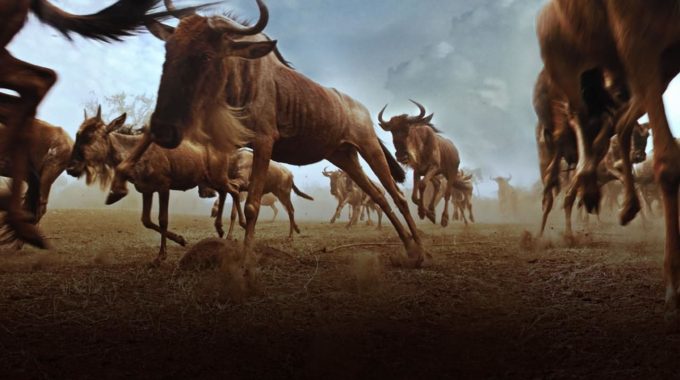A Kenya safari cost can vary significantly based on several factors, such as the season,…
What month do wildebeest give birth?
What month do wildebeest give birth? – Wildebeest (also known as gnus) typically give birth during a specific time of year, largely aligned with the annual migration cycle in East Africa. Most wildebeest calving occurs from late January to March.

Timing of Calving:
- Peak of Calving Season: The majority of wildebeest births occur in February, with around 500,000 calves being born during this peak period. This is part of a synchronized birthing strategy where the vast majority of females give birth in a short window of time, often within 2–3 weeks.
- Birth and Migration Cycle: Wildebeest are migratory animals, and their calving period is timed to coincide with the greener, more nutritious grasslands of the Serengeti and Maasai Mara. After the rains, which typically start around November, the wildebeest move into these areas for better grazing. As the grass becomes more abundant, the females are in better condition to give birth. The rich pastures help ensure that the mothers have enough energy to give birth and nurse their calves.
- Why February? The timing of births in February is advantageous for the survival of the calves. The rainy season’s grasses are at their most nutritious, offering the mothers the best chance to feed well during pregnancy. Due to the large number of births during this time, there are fewer vulnerable young animals in the population, which increases the likelihood that some calves will survive predation.
Calf Survival:
- Birth Weight: A wildebeest calf is born after a gestation period of about 8.5 months. They are usually born in a fairly helpless state, but they can stand and start walking within minutes of birth, which is crucial for avoiding predators like lions and hyenas.
- Synchronized Births: The simultaneous birth of so many calves is a strategy to overwhelm predators. Predators such as lions and hyenas may take advantage of weaker or sick calves, but the sheer number of newborns increases the likelihood of survival for many.
In summary, wildebeest give birth primarily from late January through March, with February being the peak month, during the annual migration cycle, when conditions for grazing and calving are optimal.



